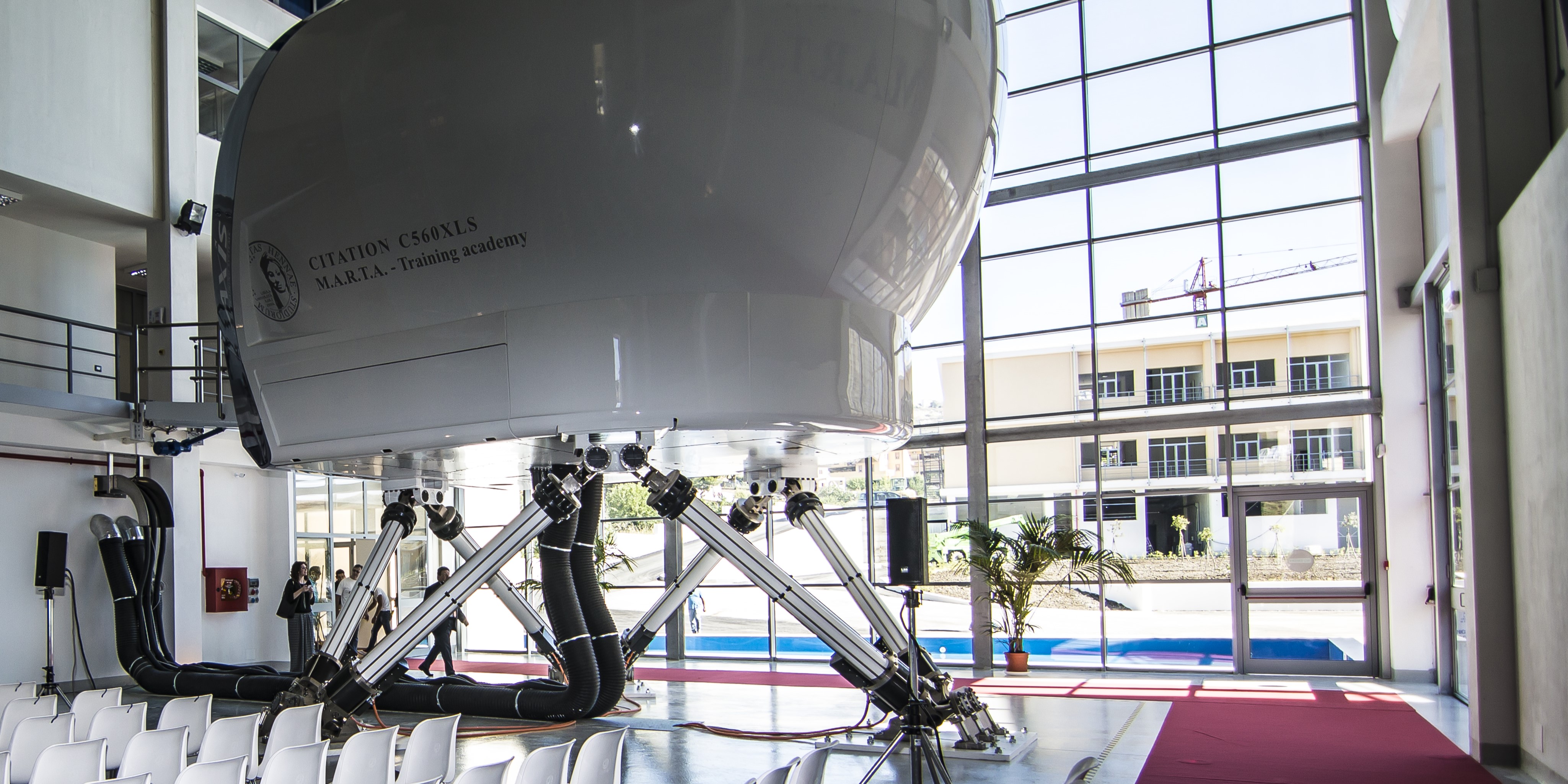
A novel 3D constitutive model to predict the dynamic effects of fibre-reinforced polymer laminates
Please login to view abstract download link
A 3D constitutive model is proposed to predict the viscous effects of dynamic loading conditions on unidirectional carbon fibre-reinforced polymer laminates at the meso-scale level. The model is viscoelastic-viscoplastic and viscodamage, and is based on a previously developed strain rate-independent model by Cózar et al. [1,2], which has been extended to account for strain rate effects. The generalised Maxwell model is employed to predict the viscoelastic response under dynamic loading conditions. The overstress model proposed by Perzyna [3] is employed to address the viscoplastic strain of CFRPs. In addition, a new viscodamage model is proposed to account for the onset of damage as well as its propagation under different loading rates. The modelling of viscodamage is based on the quasi-static damage model [1,2] and is extended to dynamic conditions using experimental strength-strain rate relationships. The objectivity of the viscodamage model is ensured by regularising the viscodamage energy dissipated with the characteristic element size. The proposed constitutive model is linked with a finite element solver to demonstrate its predictive capabilities. Various loading conditions were applied at the Gauss-point level to demonstrate the model's capabilities. The constitutive model reproduces the stiffer stress-strain response of CFRPs at high strain rates. Furthermore, the virtual relaxation test response illustrates the material's relaxation behaviour. In the analysed virtual case, viscodamage onset and propagation occurred without an increase in strains, as the strength relaxed faster than the stresses. A numerical-experimental comparison of off-axis compressive tests at different loading rates was conducted to demonstrate the proposed constitutive model's ability to predict the mechanical response of CFRP laminates. The comparison of dynamic tests showed good agreement in the viscoelastic, viscoplastic, and viscodamage regions. Furthermore, the proposed constitutive model accurately predicted quasi-static tests. References [1] Cózar, I. R., Otero, F., Maimí, P., González, E. v., Miot, S., Turon, A., & Camanho, P. P. (2022). doi.org/10.1016/j.compositesa.2022.107198 [2] Cózar, I. R., Otero, F., Maimí, P., González, E. v., Turon, A., & Camanho, P. P. (2024). doi.org/10.1016/j.compstruct.2023.117696 [3] Perzyna, P. doi.org/10.1090/qam/144536
